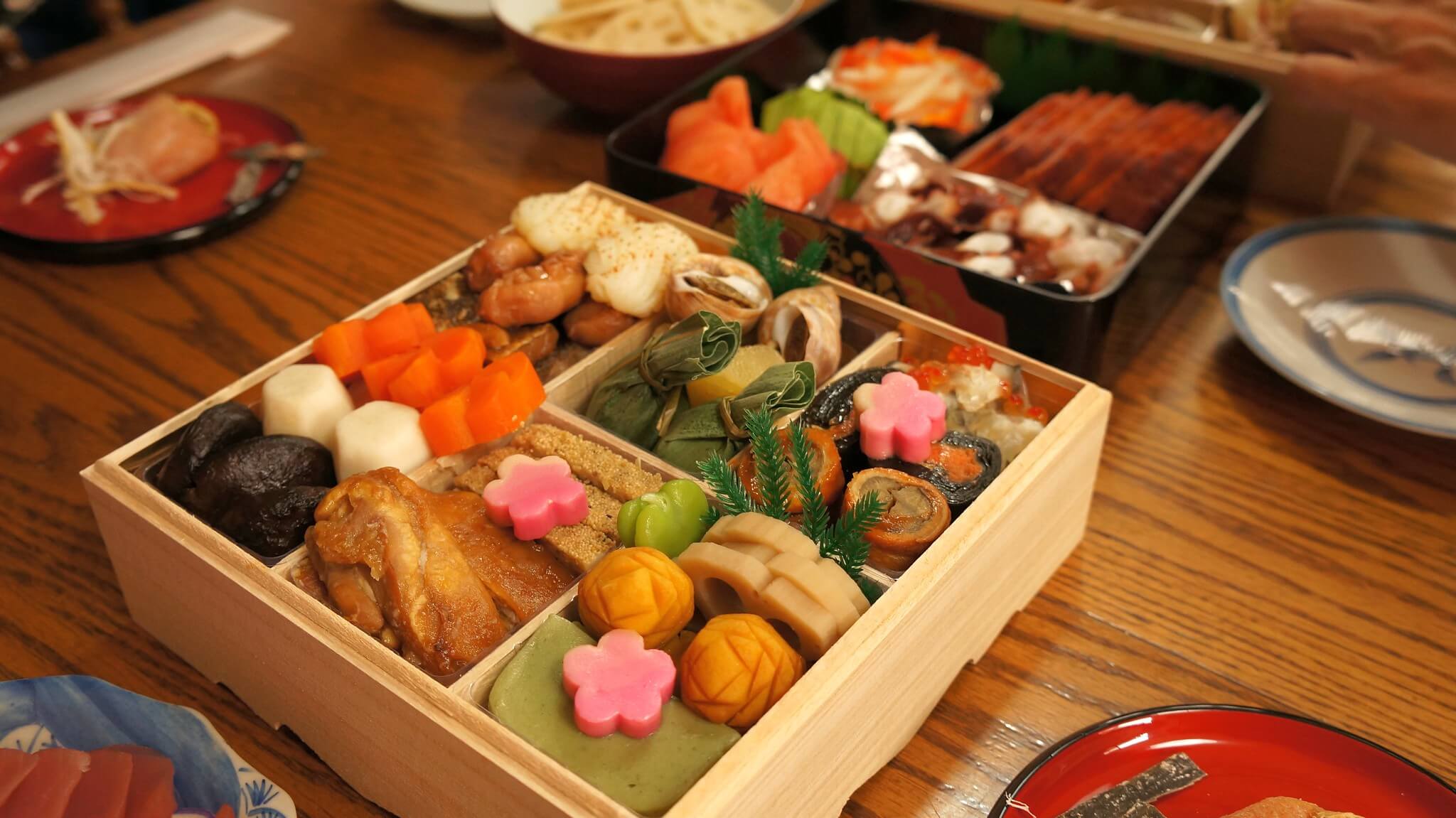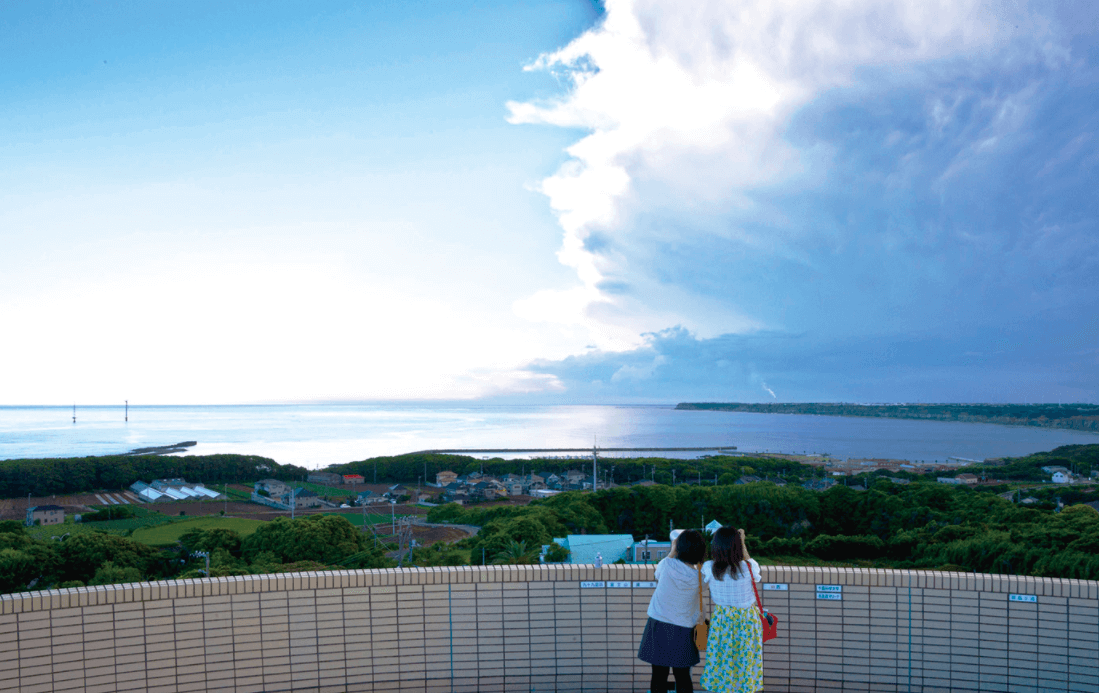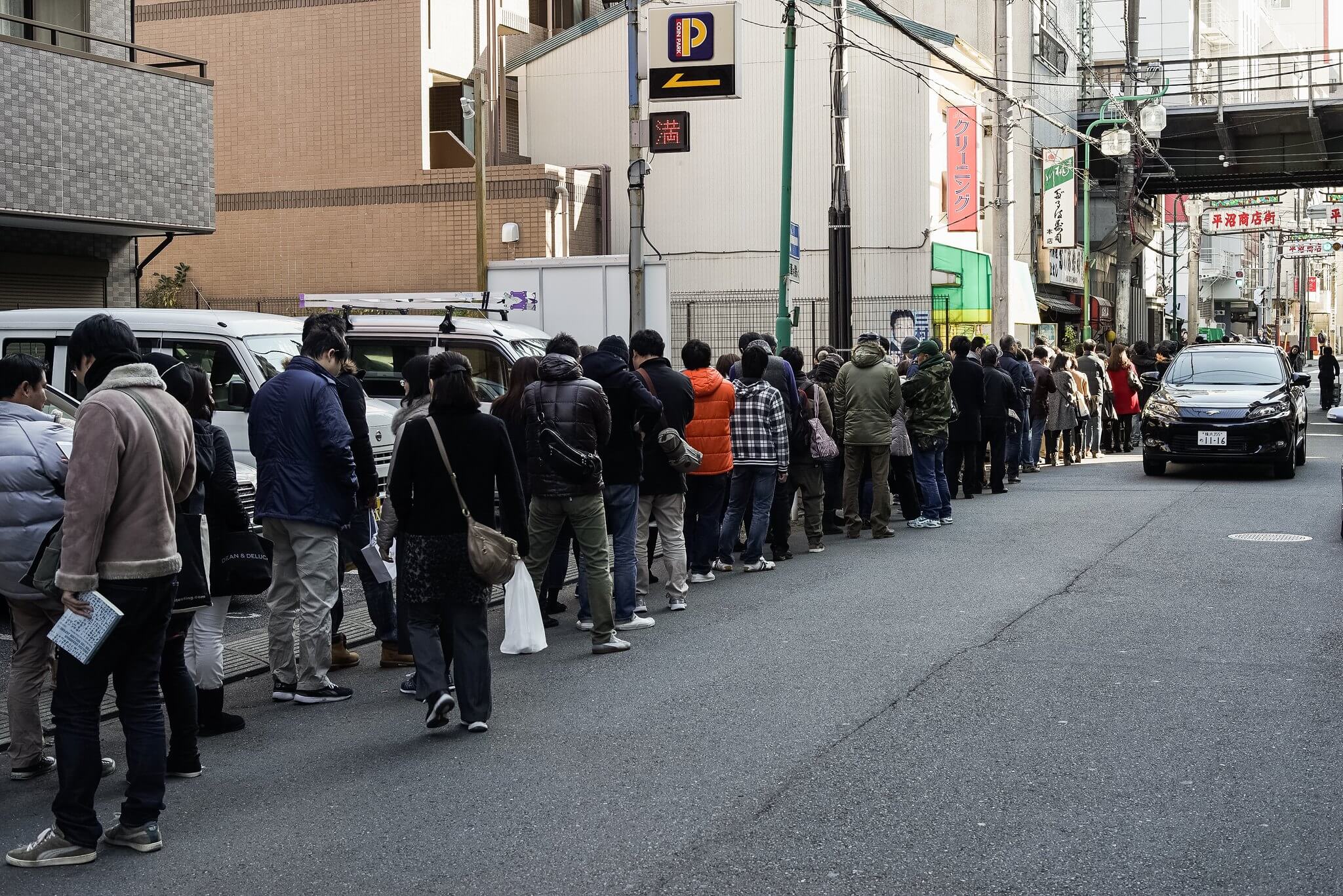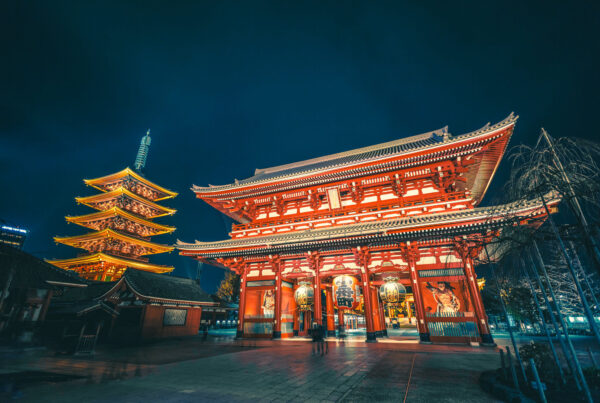New Year is an important celebration in Japan and often regarded as the biggest holiday of the year.
I asked a group of children (I am a primary school teacher here in Japan) to discuss some of their favourite New Year traditions. Unbelievably, some practices mentioned can be traced back through literally thousands of years of Japanese history. Others incorporated fascinating symbolism. Here is a list of the activities they mentioned, showcasing the best of some uniquely Japanese New Year traditions.
Table of Contents
Hatsumode

Source: Flickr/torek
By far, the most popular of the activities was Hatsumode. Translated, this means the first (hatsu) shrine visit (mode). People will visit a shrine at midnight (or at some stage in the holiday) and say prayers asking for happiness and prosperity during the coming year. Interestingly, different shrines can offer different benefits. A little research beforehand can help target your specific areas of concern for the upcoming year.
For example, Tokyo Daijingu is known as a powerful love shrine. Those looking for love this year might visit here (although let’s be honest, the shrine can’t work miracles). Dazaifu Tenmangu in Fukuoka is dedicated to the god of learning, so a visit here would be good if you were looking for academic success next year. Fushimi Inari-taisha in Kyoto is dedicated to Inari, the God of the rice harvest, commerce and business. A visit here would be a wise choice if you were looking for work success in the upcoming year.
When visiting a shrine, please observe social etiquette. In addition, it is usual to offer a monetary contribution of your choosing. It is said that ¥65, ¥75, ¥85, ¥95 and ¥500 have negative meanings, so make sure you avoid giving those specific offerings.
Finally, whilst at the shrine, some people like to pick up an omikuji fortune slip. First select a focus for the upcoming year that you wish to ask about such as health or finances. Then shake the box with the mikuji sticks in. The mikuji stick that comes out will have a number on it. You will then be given your corresponding slip with your results on.
Generally, there are seven fortunes:
|
Fortune |
Meaning |
|
Daikichi |
Great blessing |
|
Kichi |
Blessing |
|
Chukichi |
Middle blessing |
|
Shokichi |
Small blessing |
|
Suekichi |
Ending Blessing |
|
Kyo |
Curse |
|
Daikyo |
Great Curse |
Fingers crossed you don’t get daikyo!
Read also:
Osechi Ryori
Osechi ryori is another cultural highlight of the New Year period. This is a special menu consisting of an eclectic mix of cold food each symbolising something different. There are variations on the meal depending on region and produce availability. Some families choose to home cook the meal with others ordering in from local supermarkets or even high end department stores.
The concept was originally conceived during the Heian era (from 794). It was a way for families to survive during the first few days of the year whilst everything was closed. Consequently, the food usually keeps for a few days before spoiling.

Source: Flickr/keisuke9498
Inside a typical osechi ryori, each food has a special symbolic meaning. Eat the following if you want to reap the benefits of their associated symbolism:
Kuromame (black soy beans): Protection
A great food to select as part of your osechi ryori as it protects against evil spirits. It also signifies that you will work diligently over the next twelve months. Finally, some say that the dark colour represents a healthy suntan (if that’s something you are looking for) although I’m not so sure on the accuracy of this.
Ebi (shrimp): Longevity
Shrimp is a symbol of longevity and aids in the wish of a long life. If you eat the shrimp, you will live to an age where your back becomes bent over and you have a long beard (like a shrimp).
Kuri-kinton (sweet chestnuts): Good Fortune
These chestnuts are gold in colour and symbolise gold coins. They represent good fortune.
Kazunoko (herring roe): Fertility
If you are looking to start a family then eat herring roe as it symbolises fertility. ‘Kazu’ means numbers and ‘ko’ means children. So, kazunoko symbolises the blessing of having many children.
Renkon enkon (lotus root): Positivity
Eating a lotus root will ensure a positive foreseeable future. If you peek through its holes, you will see clearly through to the other side. There will be no obstructions. The symbolism mirrors what will happen in real life.
Date-maki (rolled omelette): Knowledge
The sweet rolled omelette is a mix of fish paste and sweetened eggs. They are a symbol of knowledge as they are formed in the shape of educational scrolls.
This is by no means an exhaustive list of what can be found inside an osechi ryori. There are a plethora of other symbolic foods, all served within a beautiful multi-tiered lacquered boxes called ju-bako. Start researching to ensure you can plan the most fortuitous meal possible!
Toshikoshi Soba
It is custom to eat toshikoshi soba noodles on New Years Eve. The long shape of the noodle symbolises the crossing from one year to the next. Some say, this tradition lets go of the hardships of the year because soba noodles are easily cut while eating. You are essentially cutting loose your ties with the previous year.
- People lining up to eat Toshikoshi Soba on New Year’s Eve – Credit: Flickr/eap_p
- Credit: Flickr/oldjapanphotos
Kagami Mochi
Another Japanese tradition is to eat mochi (rice cakes). Mochi is made of short-grain glutinous rice which is pounded into a desired shape. Mochi can be savoury or sweet and is often coloured to suit the occasion.
For the very traditional, you can also eat kagami mochi. The kagami mochi consists of two round mochi and a daidai (a Japanese bitter orange similar to a tangerine) with an attached leaf on top. The daidai symbolises hope and the continuity of future generations.
Historically, the Japanese offered mochi to the gods and Buddha on New Year’s Eve. This custom first appeared in the Muromachi period (14th–16th century). In ancient times, mirrors were thought to be the sacred dwelling places of the gods. Rice cakes were flattened into a circle to resemble mirrors and then offered to the gods.
Ozouni
This mixed vegetable stew or soup can be served as part of the osechi ryori and is made with dried mochi cakes (yes, more mochi!). Usually, the vegetables are all cut into a circular shape and different regions of Japan produce different types of ozouni. It used to be considered as a samurai meal and was important for restoring strength between epic battles.
Joya no kane
Moving on from food, Joya no kane is a special tradition for this time of year. At the shrine, a giant bell is rang 108 times! That’s a fair amount of bell ringing. This is because there are 108 sins or worldly desires in every human. Every chime of the bell helps to remove each one. It’s probably not a good idea to spend too much time considering what your 108 personality flaws are as this could get quite depressing.
Fukubukuro
This tradition was first started by Ginza Matsuya Department Store in the late Meiji era and has since spread to most retailers. A grab bag is filled with various unknown items and sold at a heavily discounted price. The contents are an exciting surprise for the consumer. It’s kind of pot luck as to whether you get something you want or something you don’t, but that’s all part of the fun.

Source: Danny Choo/Flickr
It is also a good way for stores to unload excess stock and have a good clean out (as is customary for welcoming in the new year).
Hatsuhinode

Credit: japan-chiba-guide.com
This is the serene custom of watching the sunrise on New Year’s Day. As Japan is known as the land of the rising sun, this is a particularly special tradition. One good spot to catch the action is Chikyu no Maruku Mieru Oka Tenbokan or “Hill Observatory Where the Earth Looks Round” in the town of Choshi in Chiba. The curvature of the Earth is visible here thanks to its 330-degree ocean panorama.
Otoshidama
Finally, the children in my class enthusiastically described this final custom. Otoshidama is the tradition of parents giving money to their children as a gift, usually in a nice envelope. Occasionally, the children will receive a very generous amount of money over this period if several relatives get involved.
This custom has its origin in the ritual offering of rice cakes to the god of the New Year. Small portions of the offering were traditionally given to children. The rice has evolved into the receiving of money (much to the delight of children all over Japan).
Conclusion
Japanese New Year is all about renewing. It welcomes a fresh new chapter. Houses will be cleaned and prayers will be said to hope of prosperity over the coming year. Will you be participating in any of these traditions?
Be sure to follow us on Facebook, Instagram, Twitter, and Pinterest for more fun stuff!

Lizzy Currie
Originally from England, Lizzy has finally made her dreams of moving to Japan a reality. For as long as she can remember, Lizzy has been dazzled by the bright lights of Tokyo and enchanted by the historic streets of Kyoto. She loves dining out, hates people who talk too much in meetings and enjoys a good ten hour sleeping marathon at the weekend.













